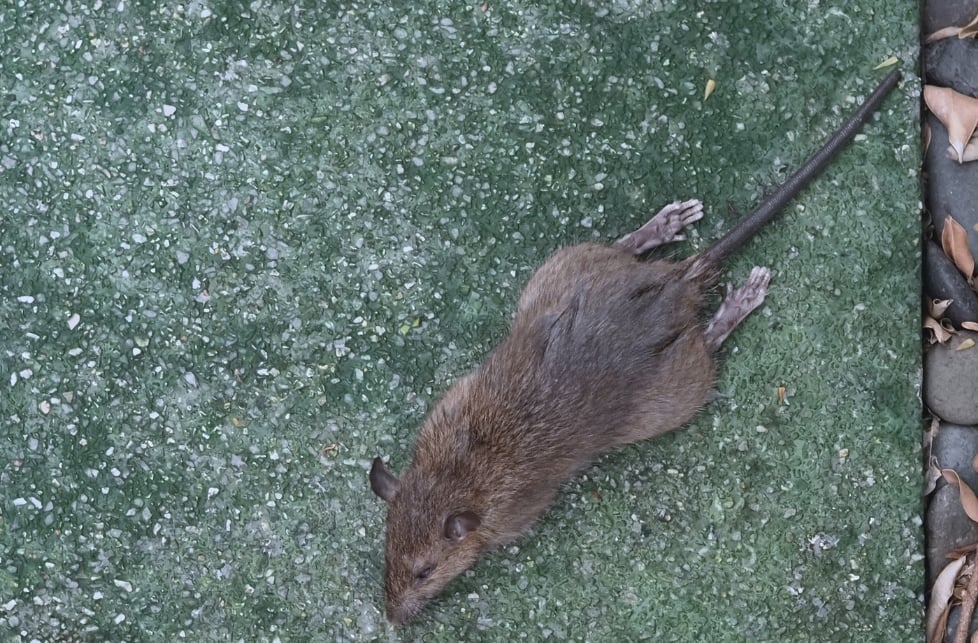Rodenticide Poisoning in India
Rodenticide poisoning is a major health concern in India, with a high incidence of morbidity and mortality. Rodenticides are chemical agents used to eliminate small rodents like rats and mice. In India, suicidal or accidental poisoning with rodenticides containing metal yellow phosphorus (such as Ratol® which has zinc phosphide in paste form) is a more frequent cause of drug-induced acute liver failure (ALF) than paracetamol.
Epidemiology
- Metal phosphides, particularly aluminium phosphide, are the most common agents implicated in rodenticide poisoning in India.
- In a retrospective study done at PGI, Chandigarh from 1990 to 2004, aluminium phosphide constituted 26.1% of all pesticide poisoning cases, with the highest case fatality rate.
- As per report, 17.06% of the 14,867 reported poisoning cases were due to rodenticides, with an observed rise compared to organophosphate compounds.
- A recent study in South India showed that yellow phosphorus was the most common rodenticide used in suicide attempts, with a 30% mortality rate despite maximal supportive therapy.
Clinical Manifestations
The clinical features of rodenticide poisoning vary depending on the compound:
- Yellow Phosphorus:
- Initial mild symptoms like nausea and vomiting due to gastrointestinal irritation
- After 72 hours, can manifest as ALF, coagulopathy, hypotension, cardiac arrythmias, and acute kidney injury
- Central nervous system involvement like confusion, psychosis, hallucinations, and coma
- Luminescent feces and vomitus with a garlic-like odor
- Metal Phosphides (Aluminium and Zinc Phosphide):
- Early features include nausea, vomiting, epigastric pain, and garlic odor in breath
- Rapidly followed by circulatory collapse, hypotension, myocarditis, pericarditis, acute pulmonary edema, and congestive heart failure
- Acute renal failure, jaundice, transaminitis progressing to ALF, and disseminated intravascular coagulation
- Following inhalation – chest tightness, headache, giddiness, lethargy, convulsions, and delirium
Diagnosis and Management
- No specific diagnostic test; high index of suspicion needed
- Decontamination and supportive therapy are the mainstays of treatment
- N-acetyl cysteine may be useful in cases of rodenticide-induced ALF
- Liver transplantation has been done in certain cases of ALF
- Plasma exchange treatment has shown success in saving lives of patients with rodenticide-induced acute liver injury or ALF
Prevention Strategies
- Creating awareness about the lethality of rodenticides
- Strict monitoring of sales and usage of rodenticides
- Promoting mental health and suicide prevention
- Framing proper guidelines for treatment of rodenticide poisoning
Key Facts:
- India being primarily agrarian, rodenticides are widely used and freely available
- The case fatality rate is highest with aluminium phosphide poisoning
- Lethal dosage and late presentation lead to liver failure, multiple organ failure and mortality despite standard care
- No known antidote exists for yellow phosphorus or metal phosphide poisoning
Rodenticide poisoning is a significant public health issue in India with a high mortality rate. A multipronged approach is crucial to reduce the burden of rodenticide poisoning in India.


